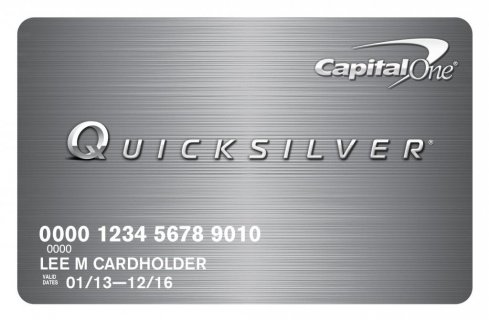
Any defaulted William D. Ford Federal Direct Loan (Direct Loan) Program loan or Federal Family Education Loan (FFEL) Program loan or Federal Perkins Loan (Perkins Loan) Program loan that is owned by the U.S. Department of Education (ED) is assigned to ED’s Default Resolution Group for collection. Defaulted FFEL Program loans that are not owned by ED will be assigned to a guaranty agency for collection. For information about defaulted Federal Perkins Loans that are not owned by ED, check with the school where you received the loan.
If you are unsure which type(s) of federal student loan(s) you have or who owns your loan(s), you can get that information from My Federal Student Aid. My Federal Student Aid will not include information about any private student loans you may have received.
You have several options for getting your loan out of default. These include
Loan Rehabilitation
Another option for getting your loan out of default is loan rehabilitation.
Direct Loan Program and FFEL Program
To rehabilitate a defaulted Direct Loan or FFEL Program loan, you must agree in writing to
- make nine monthly payments,
- make each payment within 20 days of the due date, and
- make all nine payments during a period of 10 consecutive months.
Under a loan rehabilitation agreement, ED or the guaranty agency will initially offer you a payment amount that is equal to 15 percent of your discretionary income. You’ll need to provide documentation of your income.
Depending on your income, your monthly payment under a loan rehabilitation agreement could be as low as $5.
If you can’t afford the initial monthly payment amount, you can ask ED or the guaranty agency to recalculate the payment amount based on your documented income and expenses. Depending on your individual circumstances, this recalculated payment amount may be lower than the payment amount you were initially offered. You can choose either of the payment amounts.
Notes:
- Your loan is rehabilitated only after you have made the required payments. If you are rehabilitating a defaulted FFEL Program loan that has been assigned to a guaranty agency for collection, the guaranty agency must also sell the loan to a lender or assign it to ED before it can be considered rehabilitated.
- Involuntary payments, such as Administrative Wage Garnishment (AWG) payments and payments received through the Treasury Offset Program (TOP), do not count toward your rehabilitation payments. Also, involuntary payments may continue to be taken from your pay or from federal benefits until your loan is no longer in default or until you have made some of your rehabilitation payments.
Federal Perkins Loans
To rehabilitate a defaulted Federal Perkins Loan, you must make a full monthly payment each month, within 20 days of the due date, for nine consecutive months. Your required monthly payment amount is determined by the school where you took out the loan, or by ED if the loan has been assigned to ED’s Default Resolution Group. For more information on rehabilitating a defaulted Federal Perkins Loan, contact the owner of the loan.
Benefits of Loan Rehabilitation
Once your loan is rehabilitated, the default status will be removed from your loan. You will regain eligibility for benefits that were available on the loan before you defaulted, such as deferment, forbearance, a choice of repayment plans, and loan forgiveness, and you will be eligible to receive additional federal student aid. In addition, national consumer reporting agencies (credit bureaus) will be instructed to remove the record of the default from your credit history for the rehabilitated loan. However, late payments reported before the loan defaulted will not be removed from your credit history.
You can rehabilitate a defaulted loan only once.
Loan Consolidation
A third option for getting out of default is to consolidate your defaulted federal student loan into a Direct Consolidation Loan. Loan consolidation allows you to pay off one or more federal student loans with a single new loan that has a fixed interest rate.
To consolidate a defaulted federal student loan into a new Direct Consolidation Loan, you must either
- make three consecutive, voluntary, on-time, full monthly payments on the defaulted loan before you consolidate it.
If you choose the first option (repaying under an income-driven plan), at the time you apply for the Direct Consolidation Loan you must select one of the available income-driven repayment plans and provide documentation of your income. If you want to consolidate a defaulted PLUS loan that you obtained as a parent to pay for your child's education, the only income-driven plan you can choose is the Income-Contingent Repayment Plan (ICR Plan).
If you choose the second option (making three consecutive, voluntary, on-time, full monthly payments), you may repay the new Direct Consolidation Loan under any repayment plan you are eligible for.
Interesting facts
Additional information

















